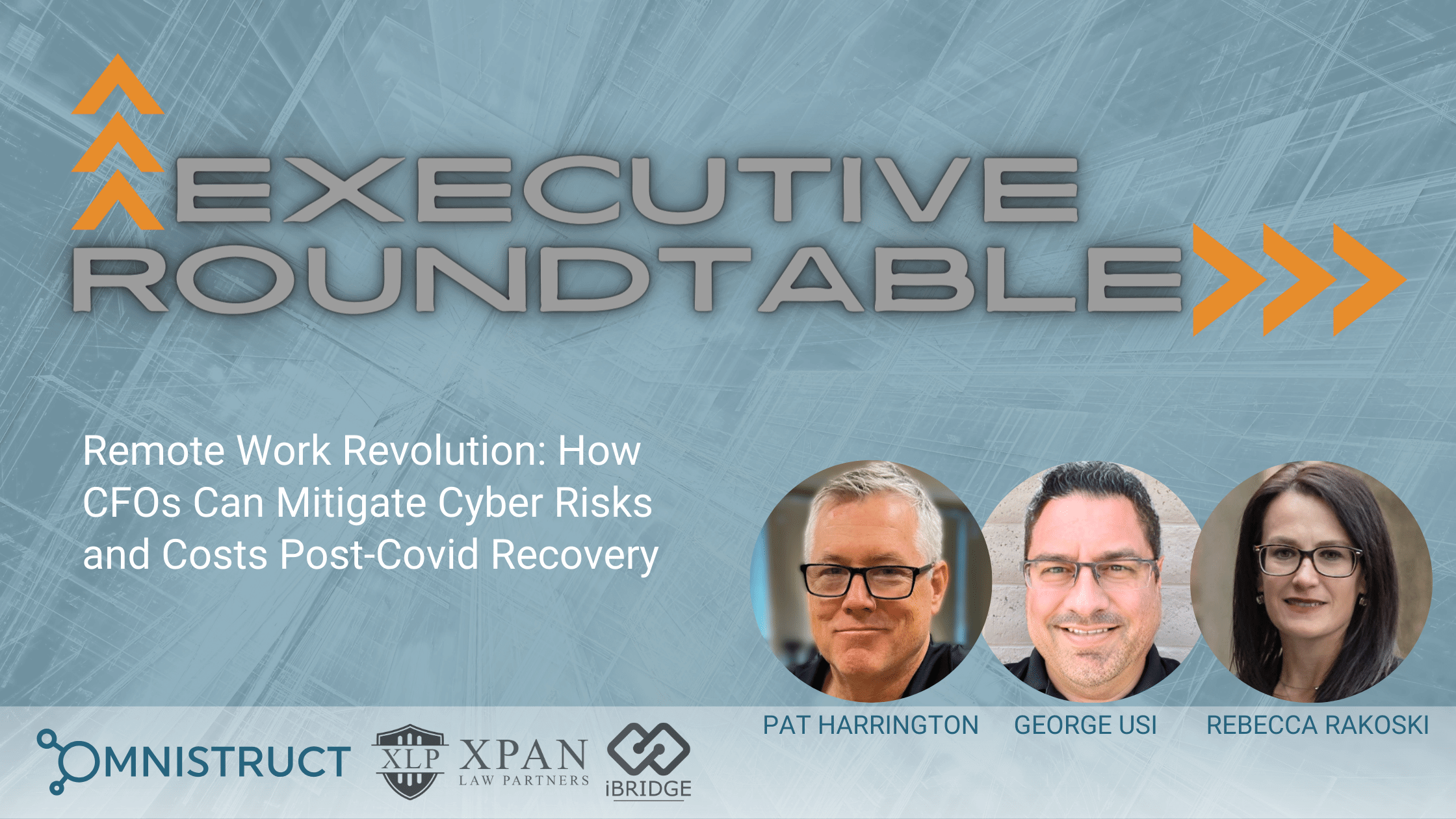As the world increasingly embraces remote work, the cybersecurity landscape is undergoing a profound transformation. In a recent panel discussion hosted by Omnistruct, experts Pat Harrington, George Usi, and Rebecca Rakoski delved into the implications of remote work on cybersecurity and offered insights on how organizations can navigate this evolving terrain.
Pat Harrington, an IT specialist, emphasized the importance of adopting robust security measures to safeguard remote work environments. He highlighted the role of frameworks like NIST and ISO in providing guidelines for building secure infrastructures. With the rise of global regulations, Harrington stressed the need for organizations to stay informed and compliant, pointing to the convergence of standards such as NIST and ISO.
George Usi, a seasoned internet infrastructure builder, echoed Harrington’s sentiments, underscoring the shift in focus from traditional IT concerns to data security. Drawing from his experience in maintaining internet infrastructure for major companies, Usi emphasized the significance of protecting sensitive information in an increasingly interconnected world. He noted the challenges posed by the proliferation of personal data and the stringent regulatory requirements governing its protection.
Rebecca Rakoski, a legal expert specializing in data privacy, shed light on the legal ramifications of cybersecurity breaches in the context of remote work. Rakoski emphasized the importance of proactive risk management and compliance efforts to mitigate potential liabilities. She highlighted the role of executive leadership in overseeing cybersecurity initiatives and emphasized the need for comprehensive documentation to demonstrate compliance with regulatory requirements.
The panelists agreed that remote work has ushered in a new era of cybersecurity challenges, requiring organizations to adopt a proactive and multifaceted approach to safeguarding their digital assets. They emphasized the importance of collaboration between IT, legal, and executive teams to address these challenges effectively.
In conclusion, the era of remote work presents both opportunities and challenges for cybersecurity. By staying informed, adopting best practices, and fostering collaboration across departments, organizations can navigate this evolving landscape and protect their data assets in an increasingly digital world.





